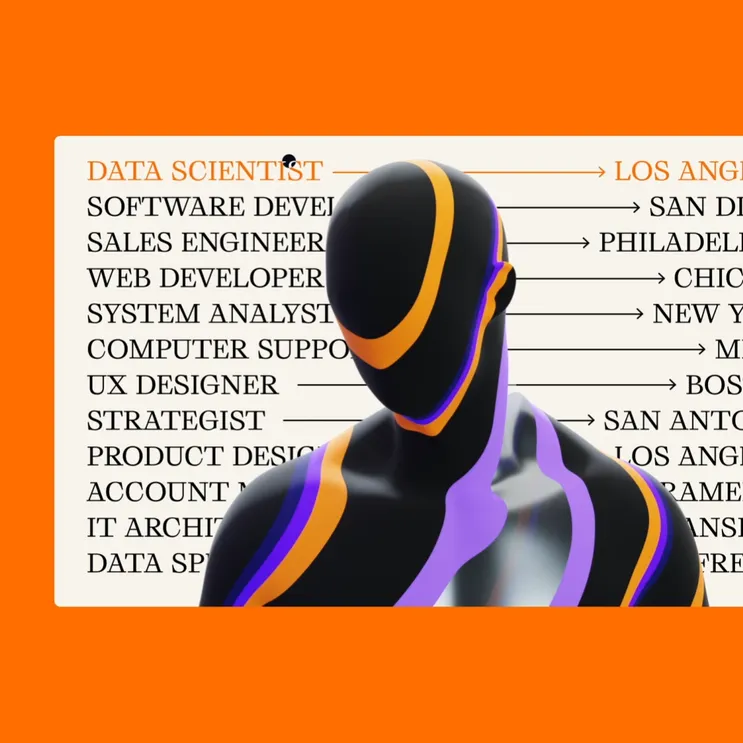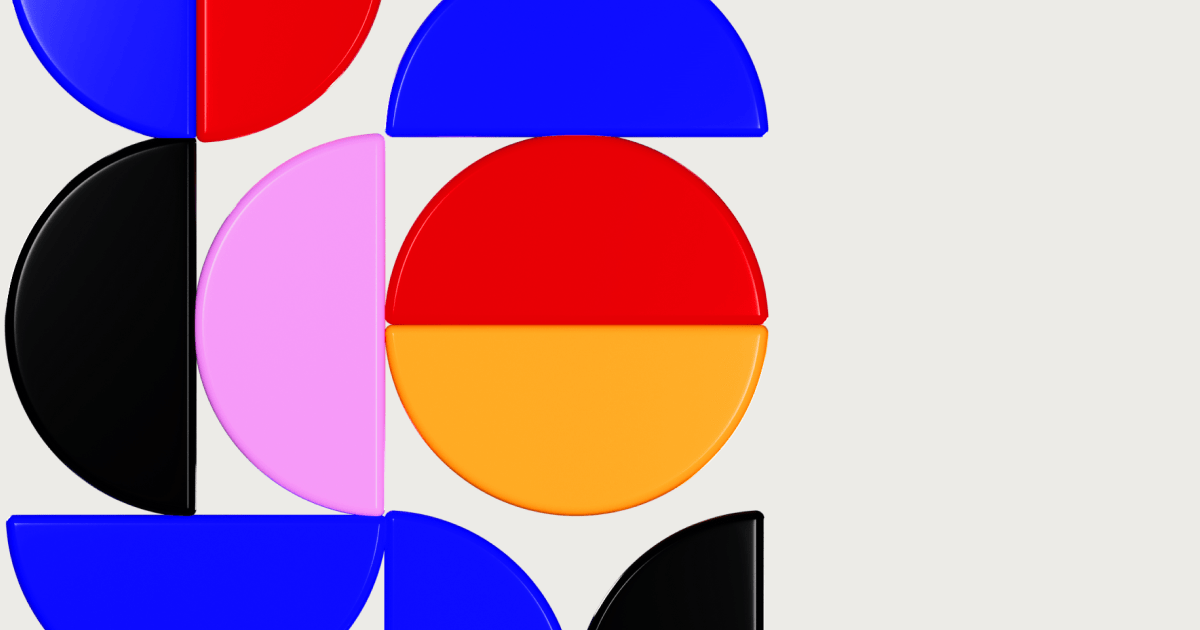Design
5 min read
Designing for the Metaverse: Principles, Rules and Inspiration
The metaverse, a shared digital space that encompasses virtual reality, augmented reality, and to some extent gaming, has taken the world by storm. However, designing for this new dimension requires a different approach compared to traditional design. Many people believe that designing for the metaverse is much more similar to game design, given that both involve creating immersive, interactive digital experiences.
Here are some crucial principles and rules to consider when designing for the metaverse.
Seamlessness
The transition between different areas of the metaverse, whether from VR to AR or to traditional web2 experience, should be as seamless as possible. In other words, designers should aim for continuity and coherence in user experiences across different platforms and devices. This can be achieved by using consistent design elements and smooth transition interfaces.
Safety and Privacy First
As the metaverse blurs the line between the digital and the physical, ensuring the safety and privacy of users becomes even more critical. Designs should incorporate features that protect user data and provide safe environments for interactions. User consent should be at the heart of any data collection or sharing, and users should have control over their personal data.
Be Mindful of Cognitive Overload
In the immersive environment of the metaverse, designers must be cautious about cognitive overload. An excess of information, interactions, or visuals can overwhelm users, leading to a poor user experience. Designs should aim to balance immersion and complexity, creating engaging experiences without overtaxing users.
Prioritise Interactivity and Collaboration
The metaverse is not a passive environment; users want to interact, create, and collaborate. Therefore, designs should promote interactivity and collaboration, providing users with the tools to modify and interact with their surroundings and each other. This also means the design should be flexible and adaptable to user-generated content.
Design for Scale
The metaverse is a rapidly expanding universe. Designs should not only cater to current users but also anticipate growth in user base and content. Scalability should be a fundamental consideration from the outset, ensuring that the metaverse can accommodate expansion without degradation of user experience.
Opt for Open Standards
To ensure compatibility and interoperability between different parts of the metaverse, designs should adhere to open standards. This encourages innovation, reduces the risk of fragmentation, and promotes a more unified and inclusive metaverse.
Narrative and World-Building
Successful metaverse experiences have strong narratives and well-crafted worlds. This element can be utilised in the metaverse design to provide context, purpose, and immersion for users. Designers can use narratives to guide user behaviours, inspire user-created content, and facilitate community engagement.
Game Mechanics
Incorporating game mechanics into the metaverse can boost user engagement and enjoyment. Elements such as rewards, challenges, and progression systems can make interaction more enjoyable and rewarding. Metaverse designers can borrow from gaming concepts such as levelling up, quests, or leaderboards to incentivise user engagement and encourage user growth.
Avatars and Personalisation
The avatar is a central component in gaming, allowing users to represent themselves in the game world. Similarly, in the metaverse, users should have the ability to create and customise their digital selves. This includes not only the appearance of the avatar but also its abilities and traits.
Social Interaction
Multiplayer games have proven that shared experiences are a key driver of engagement. Designers should facilitate various forms of social interactions in the metaverse, such as chatting, collaborating on tasks, or even competitive events. This fosters a sense of community and encourages users to form social connections.
Environmental Design
Just as in games, the environment in the metaverse plays a crucial role in the user experience. It should be aesthetically pleasing, intuitive to navigate, and responsive to the user’s actions. A well-designed environment can enhance immersion and engagement.
Procedural Content Generation
In large-scale games, procedural content generation is used to create vast, explorable worlds. This approach could be adapted to the metaverse to generate unique, personalised experiences for each user.
Ethics in Design
The game industry has grappled with issues such as loot boxes, addiction, and online harassment. When drawing inspiration from gaming, metaverse designers should be mindful of these ethical considerations, seeking to promote healthy and positive interactions.























